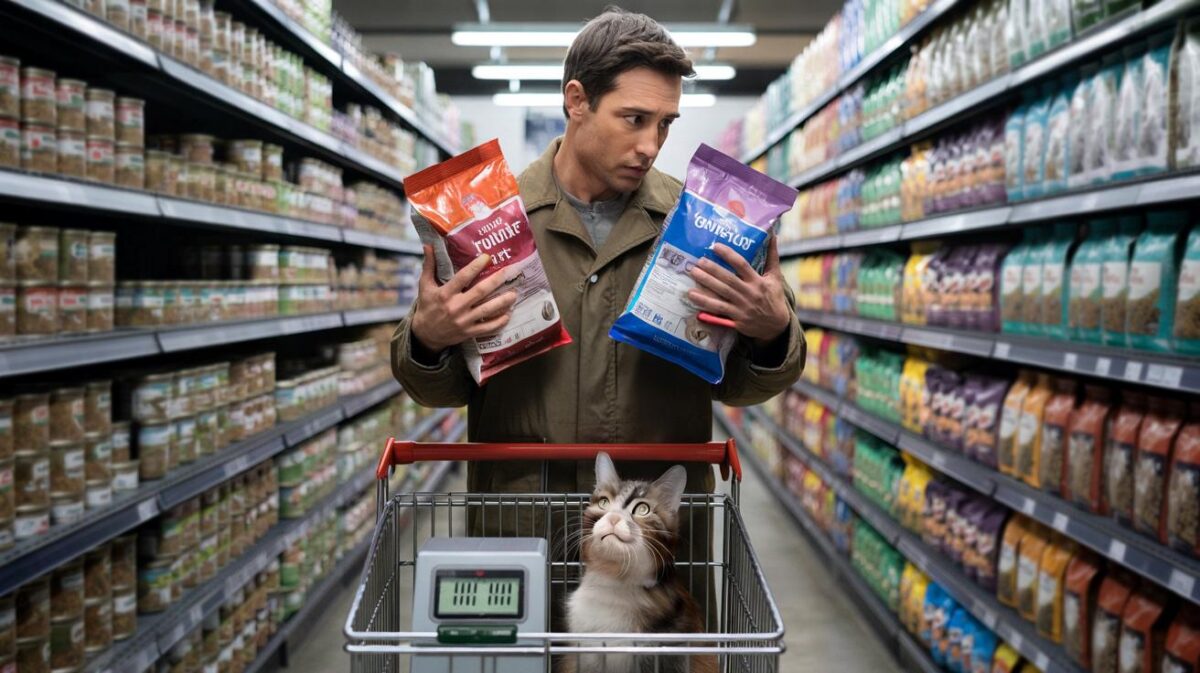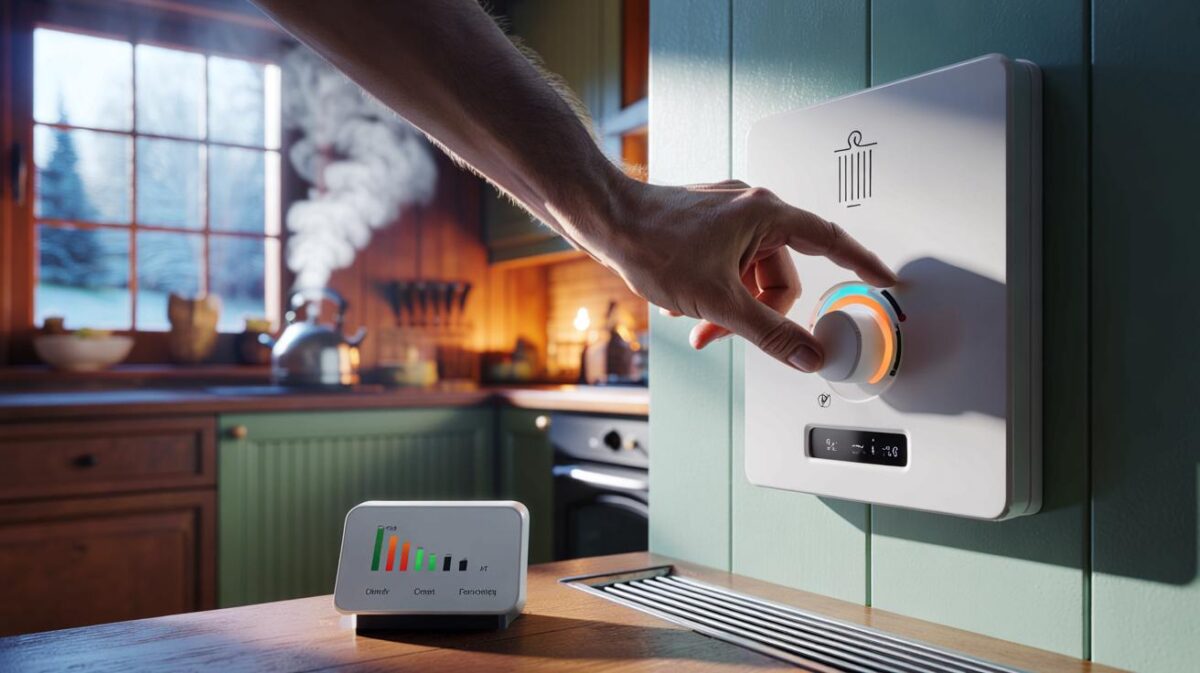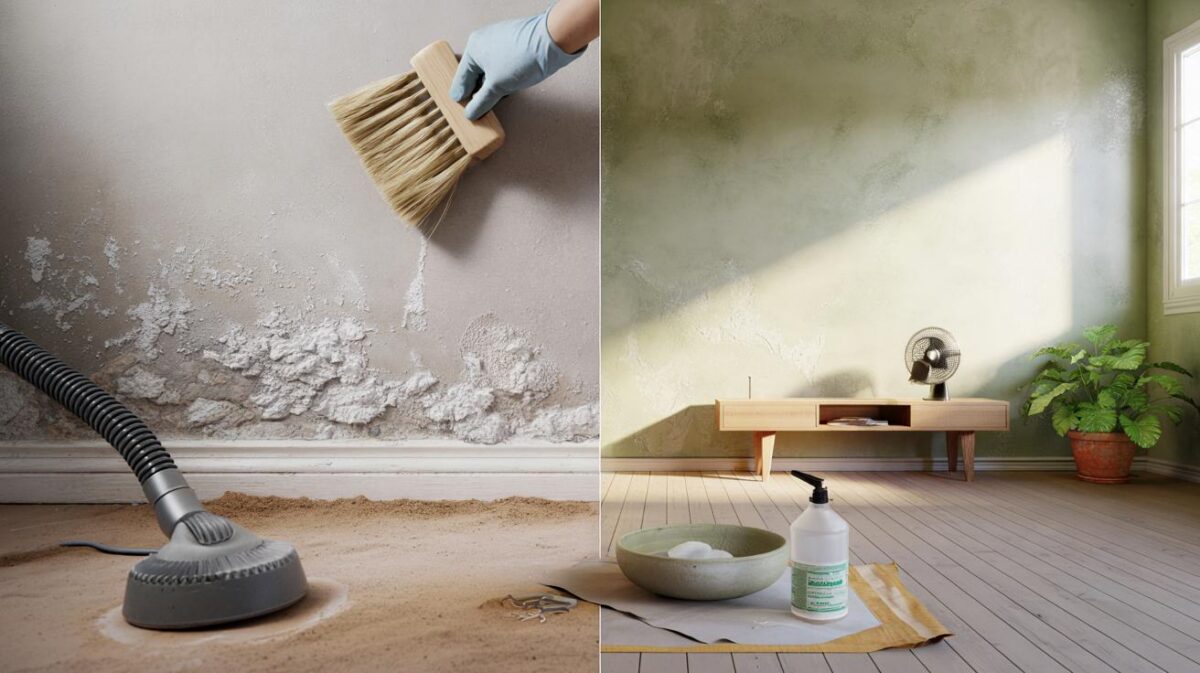Age creeps in on silent paws, tucked inside small changes you can miss between the kettle boiling and the front door closing. If you’ve wondered whether those slower mornings, that new croaky meow, or the litter tray mishaps are “just a phase”, you’re not alone. This is a guide to the quiet signals—nine of them—that say your feline friend is moving into their senior years, and what you can gently do next.
It was the way she paused on the second stair that did it. My neighbour’s tabby, Lottie, a cat who used to launch herself onto window ledges like a gymnast, suddenly hesitated, measuring the gap. The morning light hit the dust in the hallway and, for a second, she looked older. Less sure. Lottie still wanted the sun-warmed sill. She just took the longer route, paws testing, mind slow to follow.
I watched her rearrange herself, settling into a loaf that wasn’t quite neat. A small sigh. *Something had shifted.*
Nine quiet signs your cat is ageing
Older cats rarely make a fuss. They fade at the edges first: softer play, deeper naps, a gaze that lingers. If you’re seeing changes, start with your senses—how your cat moves, eats, grooms, and “talks”. **The classic signs include more sleep, reluctance to jump, weight drifting down or up, a dull or matted coat, louder or night-time vocalising, changes in thirst or appetite, litter tray misses, bad breath or drooling, and a hint of confusion.** One by one, they add up to a picture. It isn’t dramatic. It’s everyday life, nudged slightly out of its old rhythm.
Take sleep. Senior cats often clock more hours, yet the quality shifts; they wake and prowl at 3am, calling from the landing. Or appetite flips—your slim eater becomes a bowl-licker, then seems thirsty all the time. A once-silky coat turns greasy; grooming takes effort, so they skip bits behind the ears. Jumps shrink from countertops to chairs. We’ve all lived that moment when you realise the litter tray has surprises again. None of this screams emergency. It’s the pattern that tells the story.
There’s a sensible reason behind each sign. Stiff joints turn leaps into climbs. Teeth and gums ache, so food gets dropped or swallowed awkwardly. Kidney function can slide, pulling thirst and urine along with it. Thyroid shifts can rev the “engine”, thinning weight even when meals disappear at speed. Eyes and ears dull; your cat startles, or stares into corners. The brain ages too, which can mean lost-in-the-hallway moments and restless nights. Spotting these nine signals early buys time—time to tweak diet, add ramps, check bloods, and restore a bit of ease.
Small things you can do this week
Try a two-minute head-to-tail check, once a week. Run your hands gently along the spine and ribs—can you feel bones more clearly or not at all? Peek at gums for redness or odour, and sniff the breath. Watch a single jump: is there a flinch on landing? Place a shallow water bowl next to a favourite nap spot and a second litter tray on the same floor as the sofa. Keep a tiny diary—weight, appetite, thirst, litter notes. You’re not playing vet. You’re learning your cat’s new baseline.
Set meals, same time, same place. Then note what changes. If your cat starts shouting at 2am, shift a small portion to a late-night snack. Warm wet food by a few seconds to release scent. Raise bowls a touch to ease the neck. Think carpeted steps by a bed or window, not charity-shop Everest. And if you hear a new click in the jaw, book a dental check before it gets ugly. Let’s be honest: nobody really does that every day. Aim for “most weeks” and forgive the rest.
There’s one trap that catches loving owners: waiting and wishing. A vet in Surrey told me, “Cats are stoics. When you notice change, it’s already real.” Keep your tone light and your eyes sharp. **Call the clinic if you see a cluster—weight loss, thirst, and litter changes are a loud trio.**
“Ageing isn’t a disease. It’s a stage. Our job is to soften the corners so cats can keep being themselves.”
- Notice nine signs: sleep shifts, reluctance to jump, weight change, coat dullness, vocalising, thirst/appetite change, litter issues, dental trouble, confusion.
- Make food, water, and litter easier to reach. Add ramps and soft landing spots.
- Book routine senior checks: bloods, urine, blood pressure, dental review.
- Track small data weekly. Tiny trends matter more than one dramatic day.
The long view, without the sugar-coating
Ageing cats don’t ask for much. They ask for steadiness. A home that respects shorter leaps and longer naps. If you sit with that, you start to see how these nine signs are not a list of problems, but a roadmap. You trim the nails so carpets stop catching. You brush the coat where their tongue no longer reaches. You shift furniture by inches, not metres. **Love grows practical, and that’s beautiful.** And when something tips from “quirk” to “pattern”, you’re ready to act, not panic. Share what you’re seeing with someone who gets it. It might be the nudge another owner needs to notice their own quiet clues.
| Point clé | Détail | Intérêt pour le lecteur |
|---|---|---|
| Nine key ageing signs | Sleep changes, stiffness, weight drift, coat dullness, vocal shifts, appetite/thirst changes, litter issues, dental trouble, confusion | Gives a clear checklist to spot early ageing |
| Weekly two-minute check | Head-to-tail feel, gums and breath, watch one jump, quick diary | Simple routine that catches trends without stress |
| Small environmental tweaks | Raised bowls, extra litter tray, ramps, warm wet food | Immediate comfort boosts with minimal cost |
FAQ :
- What age is a cat considered “senior”?Many vets call 11–14 “senior” and 15+ “geriatric”. Age is a guide; behaviour tells the real story.
- Is weight loss always a red flag in older cats?Unplanned weight loss in seniors deserves a check. It can link to teeth, thyroid, kidneys, or food not meeting needs.
- My cat is meowing at night—normal or worry?Night vocalising can come with ageing, hunger, or disorientation. Try a late snack and a vet chat if it persists.
- How often should senior cats see a vet?Twice-yearly is common for healthy seniors, with bloods, urine, and blood pressure as advised by your clinic.
- Do ramps and raised bowls really help?Yes. Small changes reduce joint strain and neck reach, making eating, drinking, and resting more comfortable.










Beautifully written and practical. The “quiet signals” framing finally clicked for me—especially the bit about night vocalising and raised bowls. I’d definately overlooked dental pain as a cause for messier eating. Thanks for the calm, non-panicky advice.
My cat is 15 and still parkours onto the fridge, then forgets why she’s there. Senior athlete vibes 🙂 Adding a ramp to the window perch might save both our ankles.